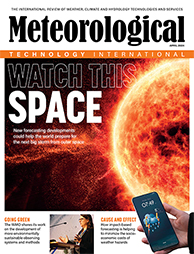
MARCH 24, 2021
Aviation Meteorology
Meeting The Aviation Weather Challenge
For aviation authorities, air navigation service providers, airport operators and airlines.
This event has now taken place, dates for future events to be announced soon!
This event has now taken place, dates for future events to be announced soon!
BOOK AN ON DEMAND PASS
EXISTING USER LOGIN
 Luca Crecco
Luca Crecco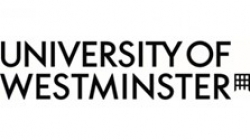 Dr Tanja Bolic
Dr Tanja Bolic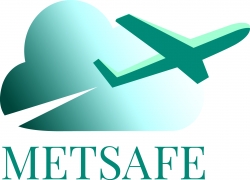 Kamel Rebai
Kamel Rebai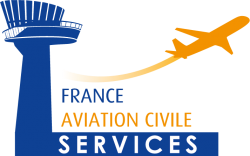 Gladys Mercan
Gladys Mercan Christopher Peregrine
Christopher Peregrine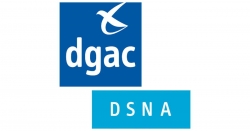 Thierry Durigneux
Thierry Durigneux Martin Gažák
Martin Gažák Dr Manuel Soler
Dr Manuel Soler Dr Sigrun Matthes
Dr Sigrun Matthes Dr Riccardo Biondi
Dr Riccardo Biondi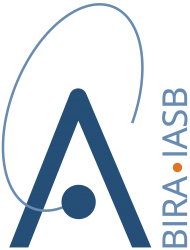 Dr Hugues Brenot
Dr Hugues Brenot Francisco Albuquerque
Francisco Albuquerque Dave Berry
Dave Berry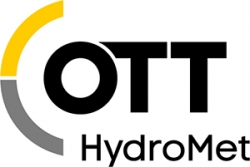 Tobias Weil
Tobias Weil Dr Harald Ganster
Dr Harald Ganster Paul Malkomes
Paul Malkomes Florenci Rey
Florenci Rey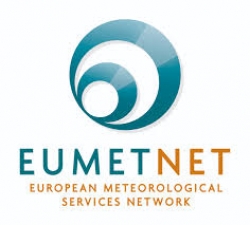 Steve Stringer
Steve Stringer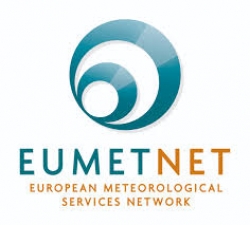 Stewart Taylor
Stewart Taylor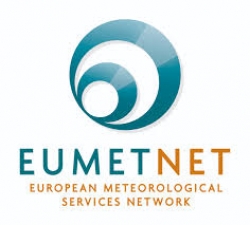 Lauren Donohue
Lauren Donohue Jan Sondij
Jan Sondij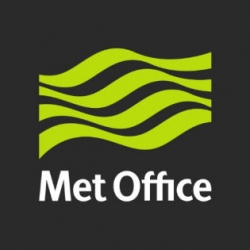 James Shapland
James Shapland Bruce Ingleby
Bruce Ingleby Helen Norman
Helen Norman Jaakko Nuottokari
Jaakko Nuottokari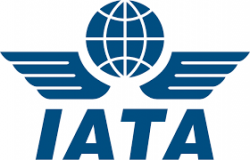 Brent King
Brent King Dr Detlev Sprung
Dr Detlev Sprung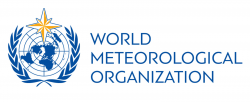 Ian Lisk
Ian Lisk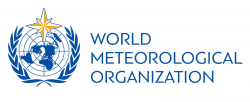 Stephanie Wigniolle
Stephanie Wigniolle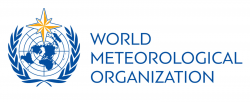 Greg Brock
Greg Brock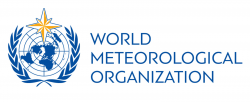 Dr Estelle De Coning
Dr Estelle De Coning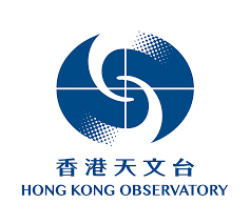 Sharon Lau
Sharon Lau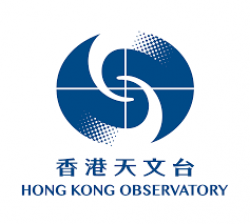 Dr Ping Wah (Peter) Li
Dr Ping Wah (Peter) Li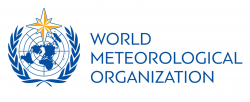 Minna Huuskonen
Minna Huuskonen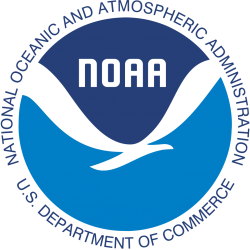 Matt Strahan
Matt Strahan Dr Rory Clarkson
Dr Rory Clarkson